
Volvo V90 engines, drive and performance

- Range has been slimmed down over time
- Now just two plug-in hybrids
- T6 PHEV more than fast enough
Electric and hybrid engines
There are no 100% electric Volvo V90s, but the T6 Recharge plug-in hybrid offers an interesting alternative with reasonable real-world electric-only capability combined with easy long-distance driving range and spanking performance.
This uses a turbocharged and supercharged 2.0-litre petrol engine to drive the front wheels, assisted by an electric motor driving the rear wheels – giving it all-wheel drive as well as a combined 340hp and a 0-62mph time of 5.6 seconds. A 455hp T8 is also available with a sub-5.0 second 0-62mph time, but the urgent acceleration offered by the T6 feels more than sufficient, especially with kids aboard.
Gliding along silently on electric power has a certain luxurious appeal, and the electrical assistance helps mask the automatic gearbox’s slight hesitancy. Handover between power sources is smooth for the most part and, with the electric motor solely powering the rear wheels directly instead of through the gearbox like the E-Class and 5 Series plug-ins, you won’t feel gearchanges in electric mode.
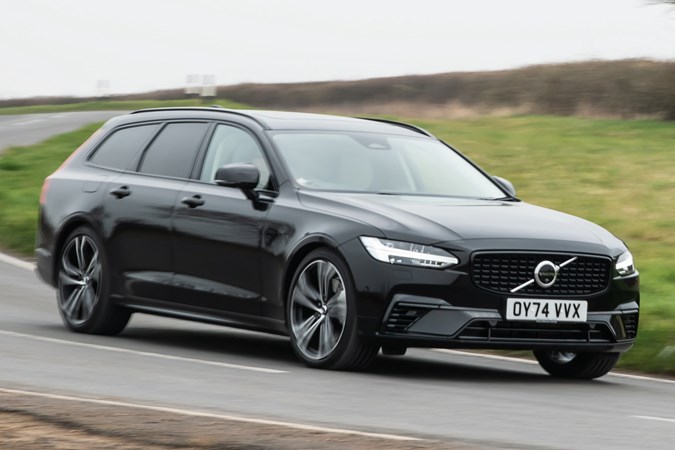
There was previously a 400hp V90 T8 plug-in as well. This is now discontinued but you can find out more about it by reading our long-term test report. Our long term report of the updated T6 with its longer electric range is contained within this review, just before the verdict.
Petrol engines
Regardless of which V90 you pick, the powerplant is a four-cylinder, 2.0-litre engine, although the pure petrol and diesels along with the mild hybrid models have been killed off.
The entry-level petrol was called the B4, and produced 197hp – more than enough to get this big bus moving relatively swiftly, as 0-62mph in 7.6 seconds attests. Find a B5 and power shoots up to 250hp and 0-62mph drops to 6.6 seconds, though honestly the B4 doesn’t feel that much slower. A 300hp B6 was also available that was properly quick.
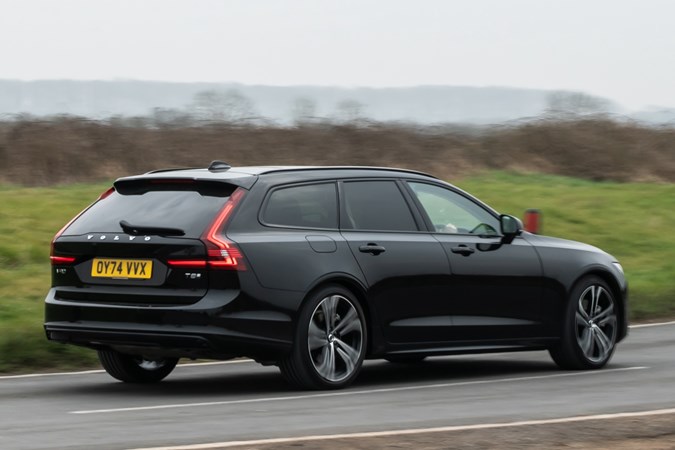
With an eight-speed automatic transmission as standard, all V90s can blend swift responses with relaxed cruising. But we do find the petrols a little harsh-sounding when pushed hard.
Diesel engines
The B4 – which seems confusing until you realised it offers the exact same 197hp as the petrol equivalent – was the last diesel available in the V90. It was a little slower than the petrol, though, taking 8.2 seconds to do 0-62mph, and could be quite loud. But the noise was worth putting up with for impressive real-world fuel economy.
Previously, Volvo also offered a B5 diesel with 235hp. This came with all-wheel drive as standard, and knocked out 0-62mph in 6.6 seconds. Not a bad choice if you can find a used one and want a frugal, sure-footed premium estate.
What’s it like to drive?
- Comfort is king with this large estate
- It’s most successful with adaptive suspension
- Eight-speed auto as standard
Volvo’s description of the V90’s handling is ‘Relaxed Confidence’ and this seems quite fitting. Slower steering with little feedback through the wheel means you won’t want to hustle it like its sportier rivals, such as the BMW 5 Series Touring. But good body control allows you to make reasonably quick progress on a flowing road.
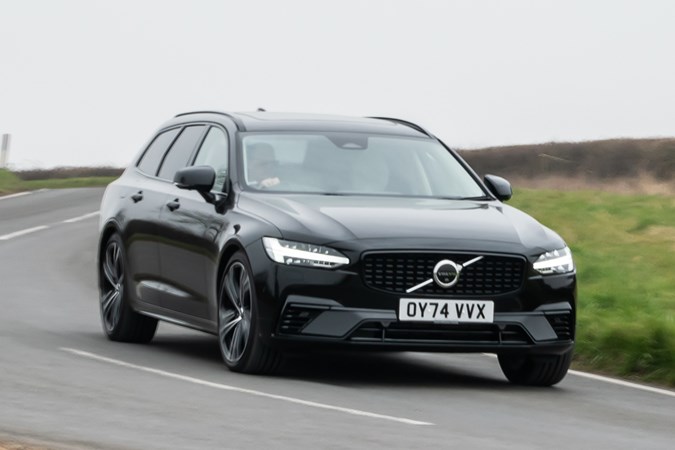
Based on the XC90’s architecture, the Volvo V90 is very similar in the way it drives, although the estate car’s lower centre of gravity lends it a less roly-poly character. On adaptive air suspension – standard on Ultimate – it deals with lumps and bumps at speed with good control, practically floating over undulating roads when the drive mode is left in its native Comfort setting. You will feel it thud over lower speed potholes and pimples, especially with the biggest 20-inch wheels.
You can tighten things up with the Dynamic driving mode but there’s no getting around the V90’s size and weight – this is no agile hatchback. The all-wheel drive system finds masses of traction but the nose washes wide if you dial in a little too much speed. To be honest, you’d have to be really giving it some to notice a difference between the front-wheel drive and all-wheel drive models in normal driving circumstances.
Stick with the standard steel springs that come with entry-level Plus and, while the V90 isn’t uncomfortable, you’re more aware of ruts in the road being telegraphed to your posterior. At motorway speeds it’s not too bad, but you’ll certainly notice the difference on bumpy roads around town.




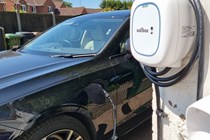
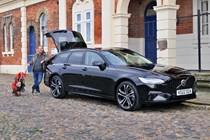
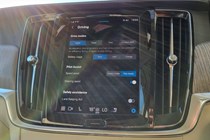
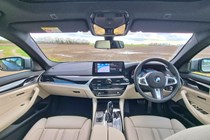
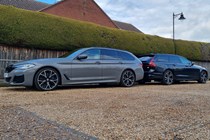
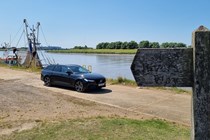
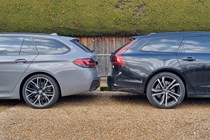
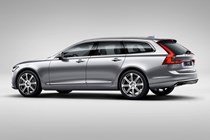

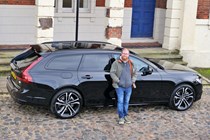
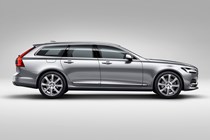

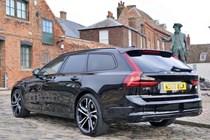
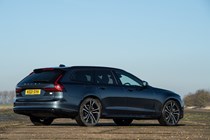
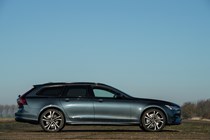

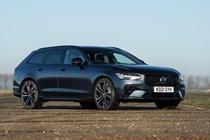
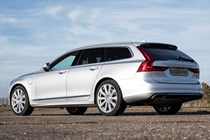

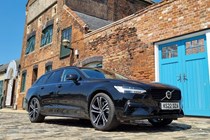
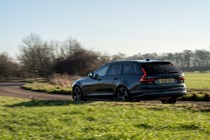
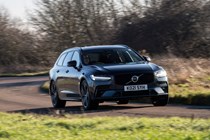
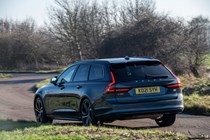
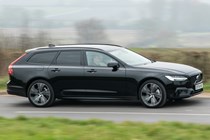

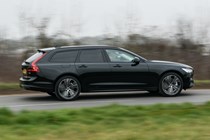

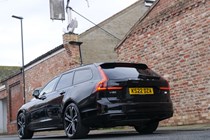

.jpg)
.jpg)
.jpg)
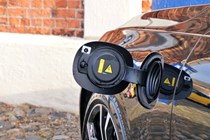
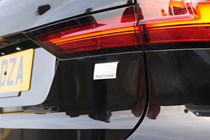
.jpg)
.jpg)
.jpg)
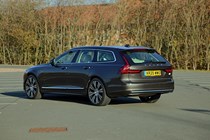
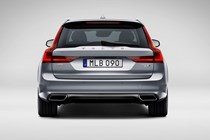
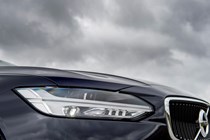
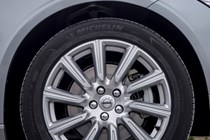
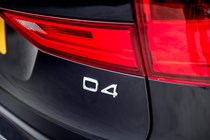
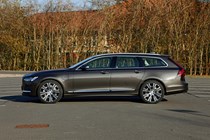
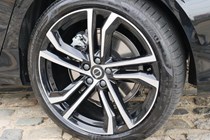
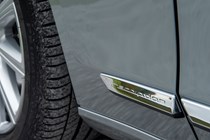
.jpg)
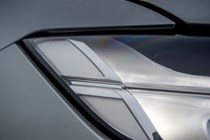
.jpg)

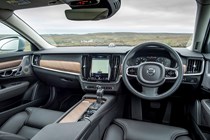
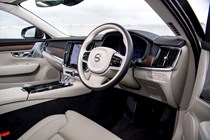
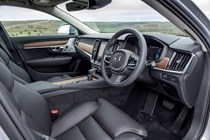
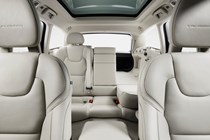
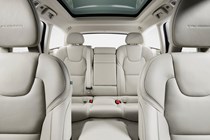
.jpg)
.jpg)
.jpg)
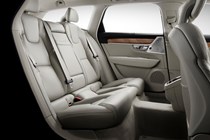
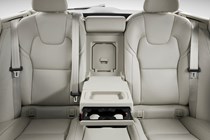
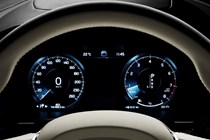
.jpg)
.jpg)
.jpg)
.jpg)
.jpg)
.jpg)

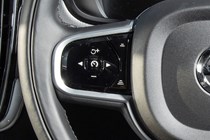
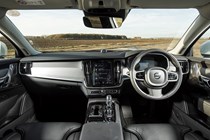
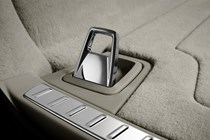
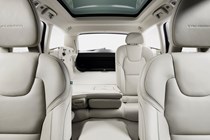
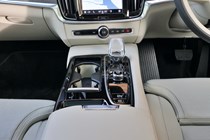
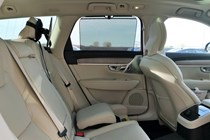
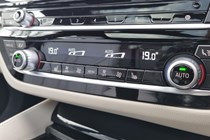
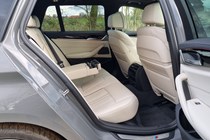
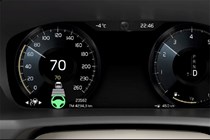
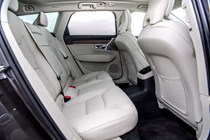
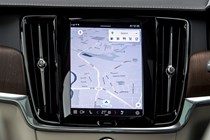
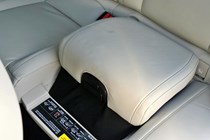
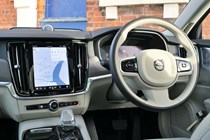
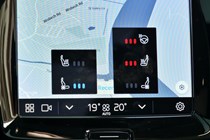
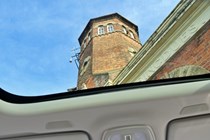
.jpg)
.jpg)
.jpg)
.jpg)
.jpg)
.jpg)
.jpg)
.jpg)
.jpg)
.jpg)
.jpg)
.jpg)
.jpg)
.jpg)
.jpg)
.jpg)
.jpg)
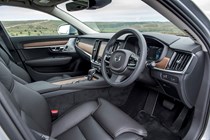

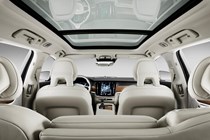
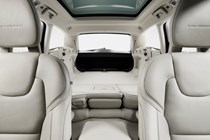

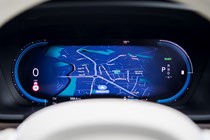
.jpg)
.jpg)
.jpg)
.jpg)
.jpg)
.jpg)
.jpg)
.jpg)

.jpg)
.jpg)
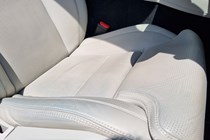
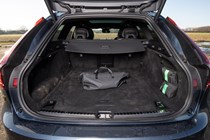
.jpg)
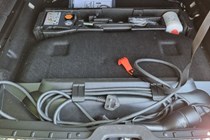

































.jpg?quality=50)
.jpg?quality=50)
.jpg?quality=50)


.jpg?quality=50)
.jpg?quality=50)
.jpg?quality=50)








.jpg?quality=50)

.jpg?quality=50)






.jpg?quality=50)
.jpg?quality=50)
.jpg?quality=50)



.jpg?quality=50)
.jpg?quality=50)
.jpg?quality=50)
.jpg?quality=50)
.jpg?quality=50)
.jpg?quality=50)
















.jpg?quality=50)
.jpg?quality=50)
.jpg?quality=50)
.jpg?quality=50)
.jpg?quality=50)
.jpg?quality=50)
.jpg?quality=50)
.jpg?quality=50)
.jpg?quality=50)
.jpg?quality=50)
.jpg?quality=50)
.jpg?quality=50)
.jpg?quality=50)
.jpg?quality=50)
.jpg?quality=50)
.jpg?quality=50)
.jpg?quality=50)






.jpg?quality=50)
.jpg?quality=50)
.jpg?quality=50)
.jpg?quality=50)
.jpg?quality=50)
.jpg?quality=50)
.jpg?quality=50)
.jpg?quality=50)

.jpg?quality=50)
.jpg?quality=50)


.jpg?quality=50)


